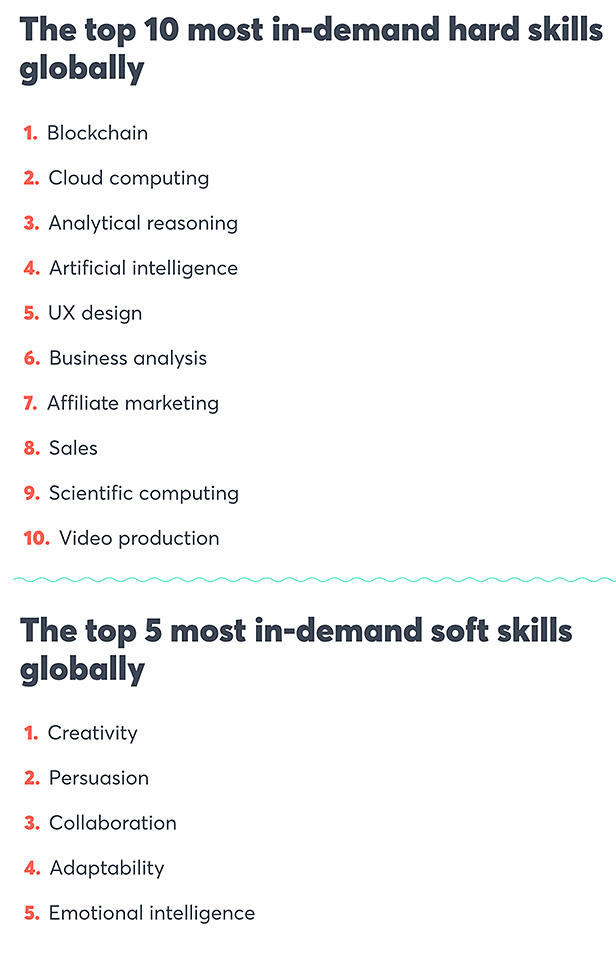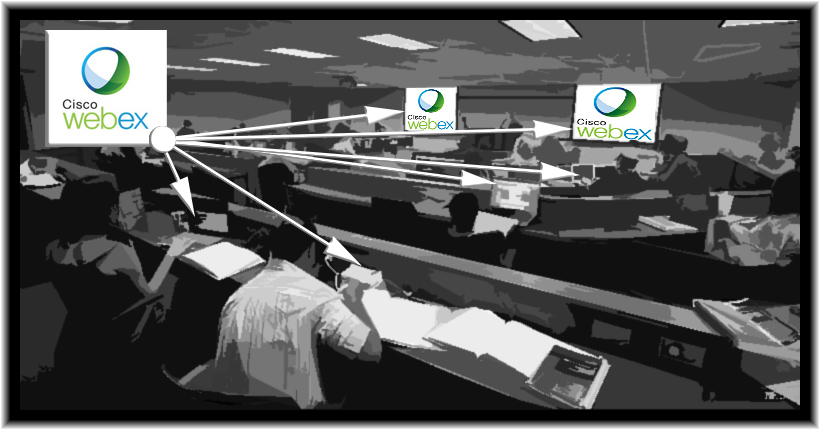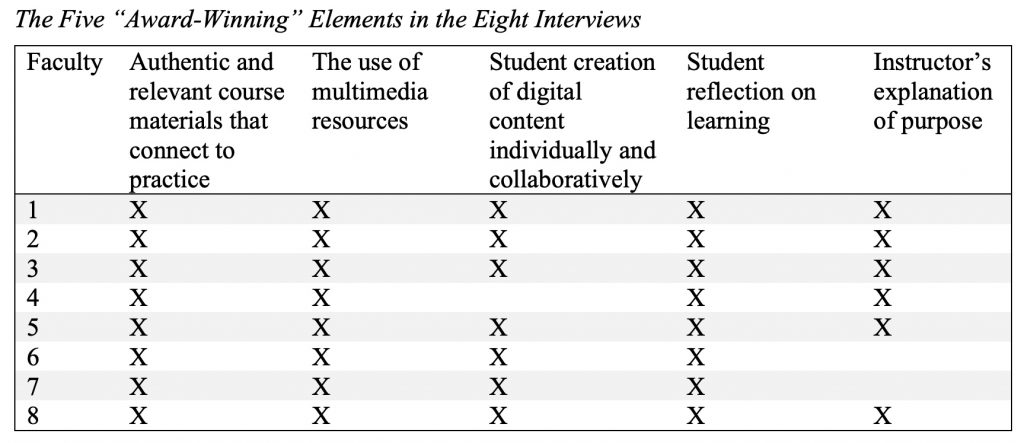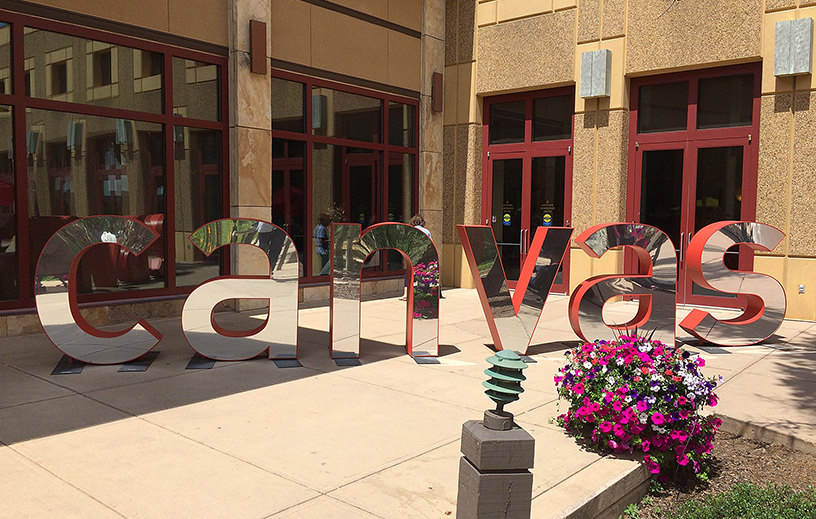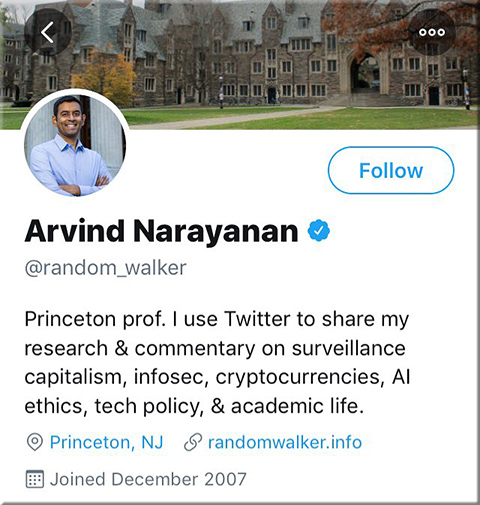These are the most in-demand job skills in 2020, according to LinkedIn — from cnbc.com by Vicky McKeever
Blockchain is the most in-demand job skill in 2020, says LinkedIn
Get Smart About Going Online: Choosing the Right Model to Deliver Digital Programming — from evolllution.com by Charles Kilfoye
A veteran online educator looks at the benefits and pitfalls for each of the three main ways to launch an online program.
Excerpt:
Online learning is making headlines again with big players such as University of Massachusetts and California Community College Online launching high profile online initiatives recently. Some would argue that if you haven’t made it in online education already, you’ve missed your opportunity.
However, my sense is it’s never too late. You just have to be smart about it. It all boils down to asking yourself the basic problem-solving questions of Why, What and How to determine if online education is right for your institution. To illustrate my point, I will briefly discuss major considerations you should make when exploring an online strategy and I will examine the pros and cons of the three most common models of delivering online programs in higher education today.
…
Be aware that differentiated pricing may indicate to prospective students that one format is more valuable or better than another. My personal opinion is that a degree earned online should be considered the same degree as one earned on-ground. It is the same program, same faculty, same admissions requirements, same relevance and rigor, so why not the same cost?
From DSC:
Regarding the topic of pricing, it would be my hope that we could offer online-based programs at significantly discounted prices. This is why I think it will be the larger higher education providers that ultimately win out — or a brand new player in the field that uses a next gen learning platform along with a different business model (see below article) — as they can spread their development costs over a great number of students/courses/program offerings.
If the current players in higher ed don’t find a way to do this (and some players have already figured this out and are working on delivering it), powerful alternatives will develop — especially as the public’s perspective on the value of higher education continues to decline.

I’d also like to hear Charles’ thoughts about pricing after reading Brandon’s article below:
- The Biggest Myth About College Has Just Been Busted — from forbes.com by Brandon Busteed
If it’s more expensive, it must be better. That, of course, has been the prevailing wisdom among parents and students when it comes to college. But that wisdom has now been exposed as an utter myth according to a new study published in The Journal of Consumer Affairs. It turns out the cost of a college does not predict higher alumni ratings about the quality of their education. In fact, the opposite is true: total cost of attendance predicts lower ratings.
…
Quality matters. Price does not. Quality and price are not the same things. And this all has enormous implications for the industry and its consumers.
Rants and rAVes — Episode 919: Gary Kayye’s Take on UCC Interoperability and the Future of Videoconferencing — from ravepubs.com by Gary Kayye
The recent news of video interoperability between Cisco, Zoom and Microsoft has generated a lot of industry buzz. If you’re interested, listen to rAVe Founder, Gary Kayye’s take on where he thinks all of this is headed and why we need to pay attention to the upcoming ISE show in Amsterdam in February 2020.
Also see:
- Cisco, Microsoft Teams and Zoom Will Be Totally Interoperable by Mid-2020! — from ravepubs.com by Chris Mcintyre-Brown
As video conferencing solutions proliferate, remote working continues to rise and the number of inter-company video conferences increases, a lack of system interoperability has become a major pain point for many users.
…
All this frustration could soon become a thing of the past, as Microsoft and Ciscoannounced this week that video interoperability will be available between Microsoft Teams and Webex Meetings and devices. What’s more, Microsoft has also announced it will support interoperability with Zoom. For the end user, this means that all these platforms will work together seamlessly. It’s a move that makes strong business sense for both Microsoft and Cisco and safeguards against any potential new disruptors.
Also see:
I’m proud to be part of team that’s designing the “classroom of the future” at The University of North Carolina at Chapel Hill:l (@UNC) #edtech #avtweeps @AVIXA Abd, YES, we will not only publish the AsBuilts but GIVE THEM AWAY for other colleges to copy! https://t.co/bhQgXXTmcT
— Gary Kayye (@gkayye) November 17, 2019









